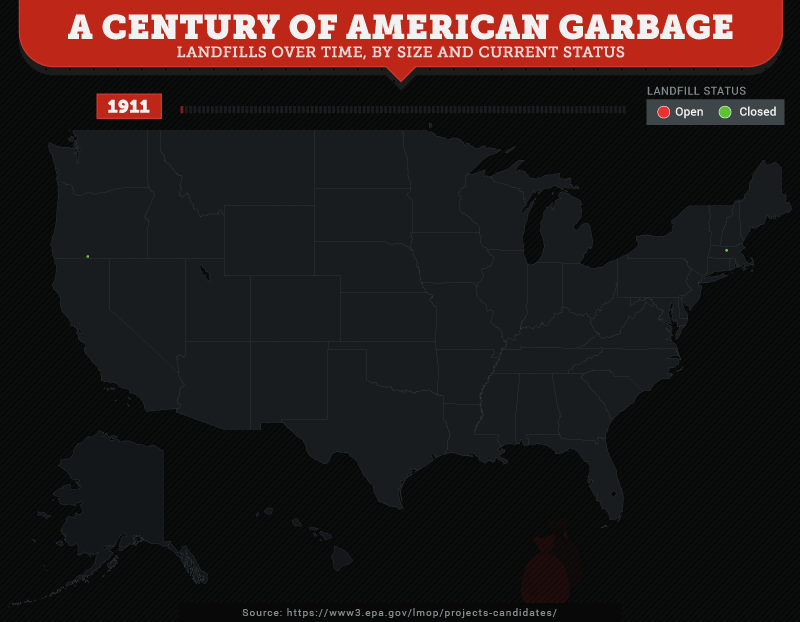Craters of waste (landfills in the Unites States, by size and current status)
A Century of american garbage (landfills over time, by size and current status)
How much trash is there? (tons of trash in landfills per person, by state)
Gassiest states (landfill gas produced, by state)
Visualizing the impact of our waste (daily and yearly trash production, based on relative weighy and size)
The power of recycling (percent of waste recycling and amount of landfill waste reduced, by year)
Via saveonenergy.com
A Century of american garbage (landfills over time, by size and current status)
How much trash is there? (tons of trash in landfills per person, by state)
Gassiest states (landfill gas produced, by state)
Visualizing the impact of our waste (daily and yearly trash production, based on relative weighy and size)
The power of recycling (percent of waste recycling and amount of landfill waste reduced, by year)
Via saveonenergy.com






This post may contain affiliate links. As an Amazon Associate, I earn from qualifying purchases.